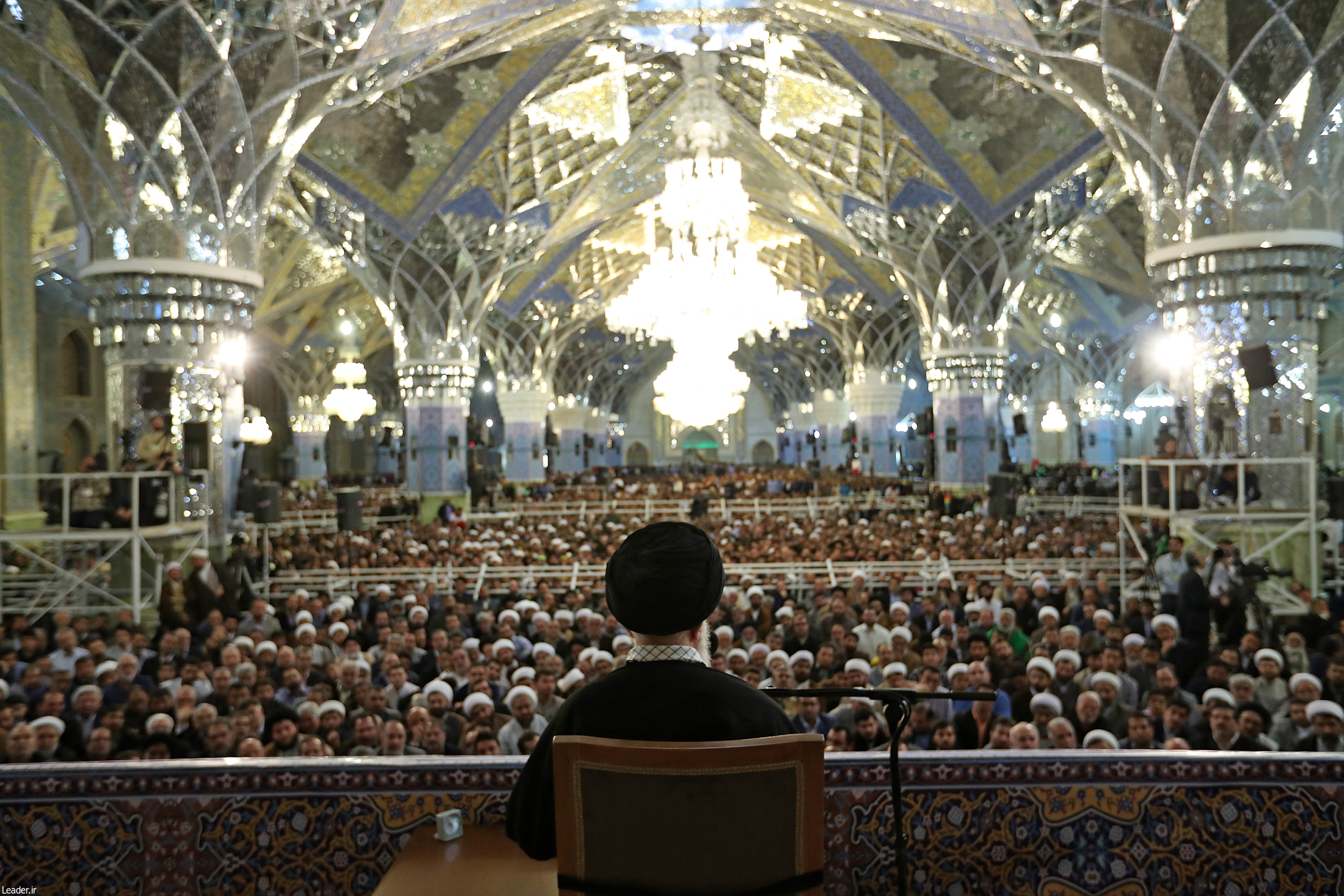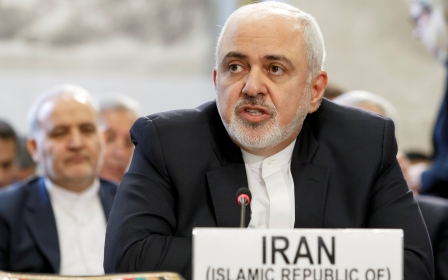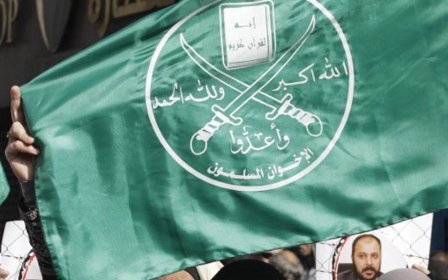Iranian press review: Major religious groups ordered to pay their taxes

Iran's Shia charity to pay tax after 42 years
Companies and funds belonging to Astan Quds Razavi, a powerful economic and political foundation in Iran that administers the shrine of the eight Shia imams in the religious city of Mashhad, will pay tax for the first time since 1977.
On 23 February, Iranian media reported that lawmakers approved articles to be added in next year's budget, which will oblige Astan to pay tax on its income.
The Execution of Imam Khomeini's Order, an economic powerhouse controlled by Iran's supreme leader, is another organisation that will now pay tax next year.
Astan Qudse Razavi is one of the most significant economic institutions in the country with an unrevealed annual income.
Stay informed with MEE's newsletters
Sign up to get the latest alerts, insights and analysis, starting with Turkey Unpacked
Other than religious endowments, this charitable trust has been making a profit by investing in insurance, private universities, the automotive sector, real estate and construction, mining and lumber, media, healthcare and the pharmaceutical industry, to name a few examples.
The foundation was relieved from paying taxes in 1977 by the Iranian parliament during the time of the shah, Iran's last monarch.
After the Islamic Revolution that year, Iran's economic resources were severely drained by the Iran-Iraq war, and legislators began to pressure Astan into paying tax.
But the country's then-supreme leader, Ruhollah Khomeini, declared that the institution should remain tax exempt.
As Chinese cars pull out, Russians pull in
After a sharp increase in medicine and food prices, the cost of cars is soaring in Iran as a result of US sanctions.
As reported by Hamshahri daily, one of Iran's cheapest cars, the Pride, now costs around 440m Iranian rials ($10,450), up from 380m rials.
The Iranian automotive manufacturing is the third-most active industry in the country, with about one million jobs reliant on it.
Last year, the industry began to feel the first effects of the United States' withdrawal from the 2015 nuclear agreement, as multinational automobile manufacturers such as Renault, Mazda and Hyundai pulled out of the country.
They cited US threats of penalties for companies doing business with Iran as the reason for their exit.
Now, Chinese companies appear to have been scared off.
Since January, the number of Chinese cars assembled in Iran has dramatically declined, and experts predict that China will leave Iran's automotive sector soon, or at least will reduce its investments.
However, speculation has increased that Russia is interested in entering Iran's market and plans to introduce Iranians to Lada cars.
On 22 February, ISNA news agency reported that the Russian state corporation Rostec had begun negotiations to assemble cars in Iran. Car market specialists who spoke to ISNA said that Lada cars will be welcome in Iran thanks to their low prices and good reputation.
Anti-hijab activist's tweet backfires
A tweet by Iranian anti-hijab activist Maryam Shariatmadari in praise of Reza Khan, the founder of Pahlavi dynasty, has caused anger among Iranian Twitter users from different political camps.
On 23 February, the anniversary of Reza Khan's 1921 UK-backed coup, Shariatmadari tweeted that she admired the former shah, who ruled Iran for two decades with an iron fist.
"He [Reza Khan] and his son [the Shah] in 50 years transformed Iran from a bankrupt country to a regional power. And I chose this day for my symbolic protest against mandatory hijab," she said.
Her tweet quickly caused a backlash, with many social media users advising Shariatmadari to read more about Iran and to stop the "falsification of history" by describing a coup as an uprising.
"Shame on a nation like us, whose freedom fighter is a person like you," one user tweeted at her.
Another dubbed her protest against the hijab as "a shortcut for immigration and asylum" in the West.
Reza Khan is infamous in Iran, as his rule saw the killing of his opponents, the confiscation of large areas of fertile lands all across Iran, and all Iranian women being made to unveil, despite deadly protests.
One million 'stateless persons' live in Iran
Over one million people in Iran are considered stateless because they cannot obtain Iranian nationality or any other type of national identity card, according to Javan daily.
The stateless in Iran are those born in the country to refugee parents, or those whose Iranian mother married a father of foreign nationality. These foreign nationals are mainly from Afghanistan.
According to Iran's constitution, only men can pass nationality to their children or spouse. Despite several domestic campaigns to change this law, the number of stateless people is on the rise in Iran as a result of the ongoing wars and displacement in the region.
About 2.5 million Afghan refugees live in Iran, one million of them undocumented, according to a 2015 Iran census. Iraqis make up the other big community of refugees in Iran, with a population of over 34,000. The total number of refugees living in Iran is estimated about three million.
Middle East Eye delivers independent and unrivalled coverage and analysis of the Middle East, North Africa and beyond. To learn more about republishing this content and the associated fees, please fill out this form. More about MEE can be found here.




